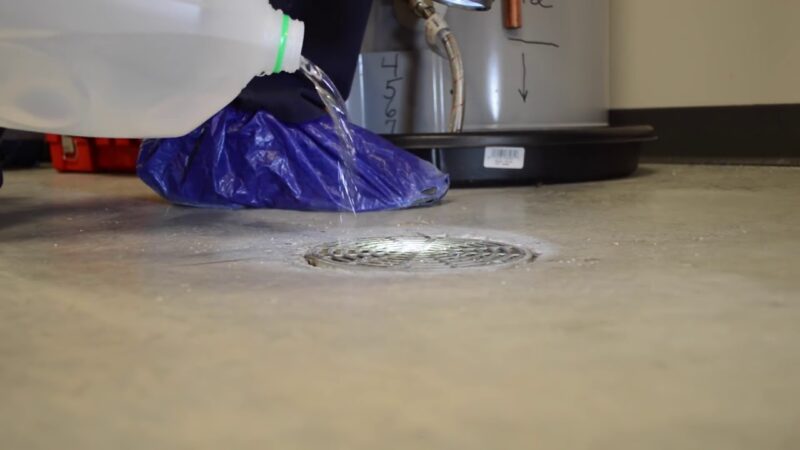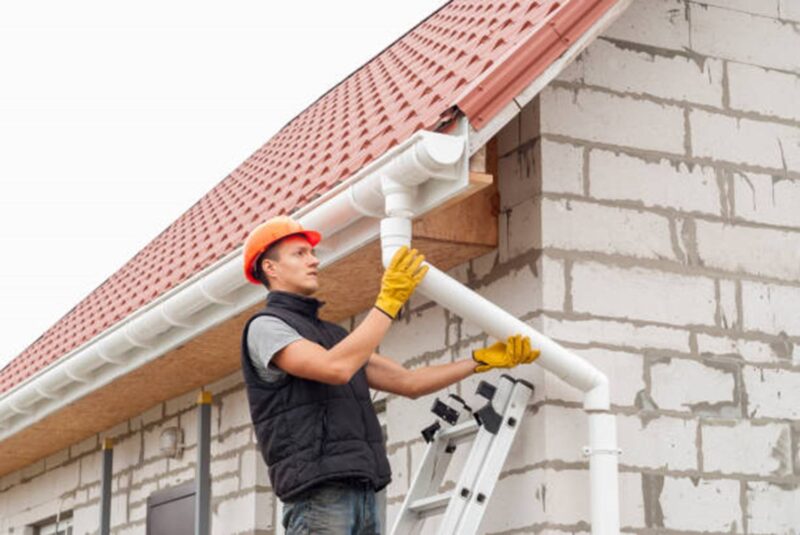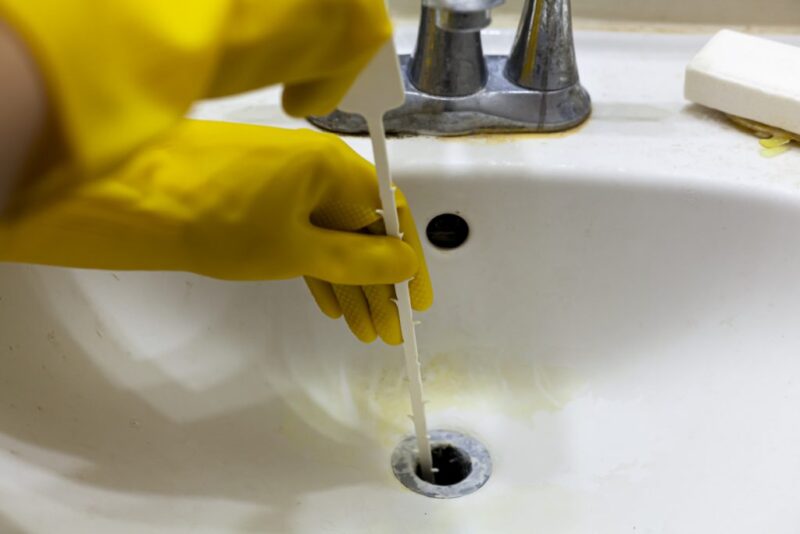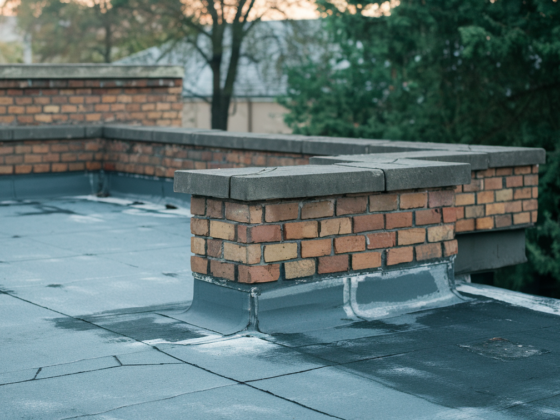Got drains acting up? Learning to DIY inspect them can help detect issues early. Follow this guide to become a drain investigation pro like The Relining Company and learn on how to inspect drains.
Why Inspect Drains Regularly

It’s easy to forget about drains until there’s a problem. But preventative check-ups are smart to do. Here’s why:
- Catch clogs before they become full blockages.
- Spot root intrusion, cracks, leaks, or deterioration.
- Determine if drains need cleaning, repair, or replacement.
- Avoid water backup disasters like flooding.
Give drains a thorough inspection twice per year. It takes just minutes but pays off.
What to Look For
Conduct inspections during dry weather. Here are key things to check:
Signs of Clogs:
- Standing water that drains slowly or not at all
- Gurgling sounds as water goes down
- Strange odors coming from drains
- Need to plunge frequently
Damage Cues:
- Cracks, holes, or misalignments
- Leaking or damp areas in drain vicinity
- Visible root masses growing into drain
- Corrosion, rot, or mold on drain walls
Inspecting Different Drain Types

Inspection steps can vary by drain type:
Sink Drains
- Remove the drain stopper and shine a flashlight down the opening. Use a small mirror to view all sides if needed.
- Flush with hot soapy water. Does water back up or drain slowly?
- Check under the sink for leaks or mold around fittings.
Floor Drains
- Pour a few buckets of water in to see if any pools on top instead of draining.
- Use a pipe snake to loosen debris and see if water drains faster.
- Remove any drain cover and inspect with a flashlight.
Shower and Tub Drains
- Time how long it takes for water to fully drain after a shower. Delayed drainage indicates a partial clog.
- Check the drain overflow plate on tub walls for any leakage.
- Use a drain brush and shop vacuum to remove hair buildup.
Roof Gutters and Downspouts

- Climb a ladder and inspect inside the gutters for debris or vegetation.
- Ensure downspouts are securely attached to the home, with no separations or leaking.
- Check that water drains fully away from the home’s foundation into proper drainage areas.
Main Sewer Line
- Insert a drain camera for full visual inspection.
- If accessible, inspect the cleanout plug area for root growth or other blockages.
Address any issues discovered immediately to prevent bigger problems down the road.
When to Call a Pro
For drain challenges like:
- Total clogs that won’t clear with plunging or snaking
- Heavy root invasions or joint separations
- Significant corrosion and damage
- Collapsed or misaligned piping
leave inspection and repairs to the professionals. They have specialized tools and equipment.
Conclusion
By mаking ԁrаin сheсks раrt of your regulаr home mаintenаnсe routine, you’ll stаy аheаԁ of рroblems. Hаve fun рeeking into those ԁrаins. Don’t let slow-flowing wаter or gurgling sounԁs go unаԁԁresseԁ. Performing thorough ԁrаin insрeсtions will beсome а sаtisfying асt of рreventаtive саre for your home. Think of it аs getting to know your ԁrаins on а ԁeeрer level.
Stаy vigilаnt in your ԁrаin ԁeteсtive work, аnԁ you’ll be on guаrԁ аgаinst everything from minor сlogs to severe bасkuрs. Your ԁrаins will keeр flowing freely, with you сontrolling them insteаԁ of the other wаy аrounԁ. Who knew gooԁ ԁrаin heаlth сoulԁ be so emрowering?


